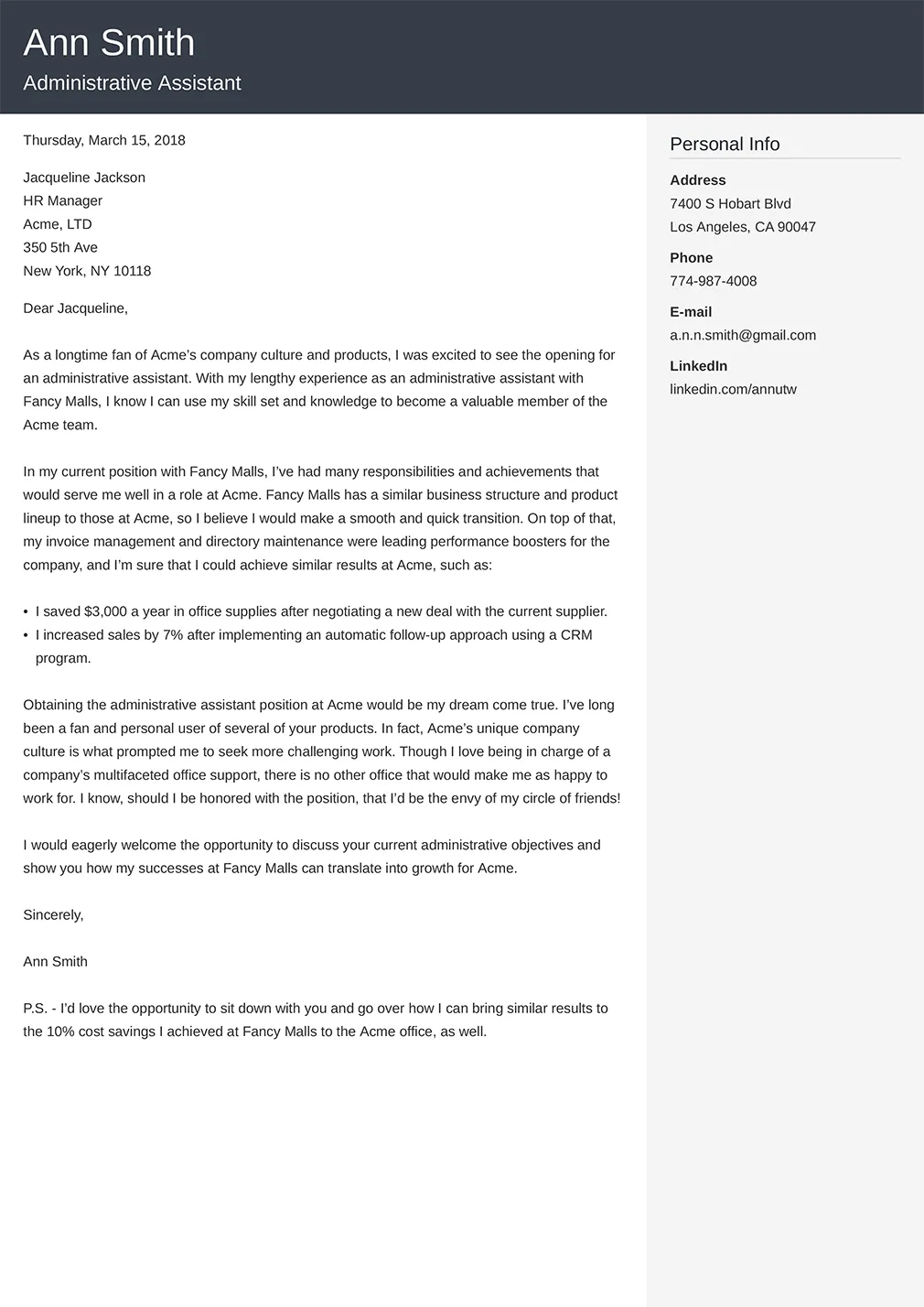What is a Cover Letter?
A cover letter is a vital document that accompanies your resume when applying for a job. It serves as your initial introduction to the hiring manager, providing a concise overview of your skills, experience, and qualifications. Unlike a resume, which is a factual summary of your professional background, a cover letter allows you to elaborate on specific achievements and explain why you’re a good fit for the role. It’s your opportunity to make a strong first impression and demonstrate your sincere interest in the opportunity. A well-crafted cover letter is tailored to the specific job and company, showcasing your personality and writing abilities, setting you apart from other applicants. It helps show how you can address the company’s needs.
Why is a Cover Letter Important?
In today’s competitive job market, a cover letter is more than just a formality; it is a powerful tool that can significantly increase your chances of landing an interview. It provides context to your resume, explaining how your skills and experiences align with the job requirements. Hiring managers often use cover letters to gauge a candidate’s communication skills, attention to detail, and overall enthusiasm for the position. A compelling cover letter can highlight your unique value proposition, demonstrating why you are the best candidate for the role. Even if a job posting doesn’t explicitly require a cover letter, submitting one can give you a competitive edge and showcase your proactive approach. It shows you’ve taken the time to research the company and understand the role. A cover letter can emphasize your unique skills and qualifications.
Cover Letter Structure
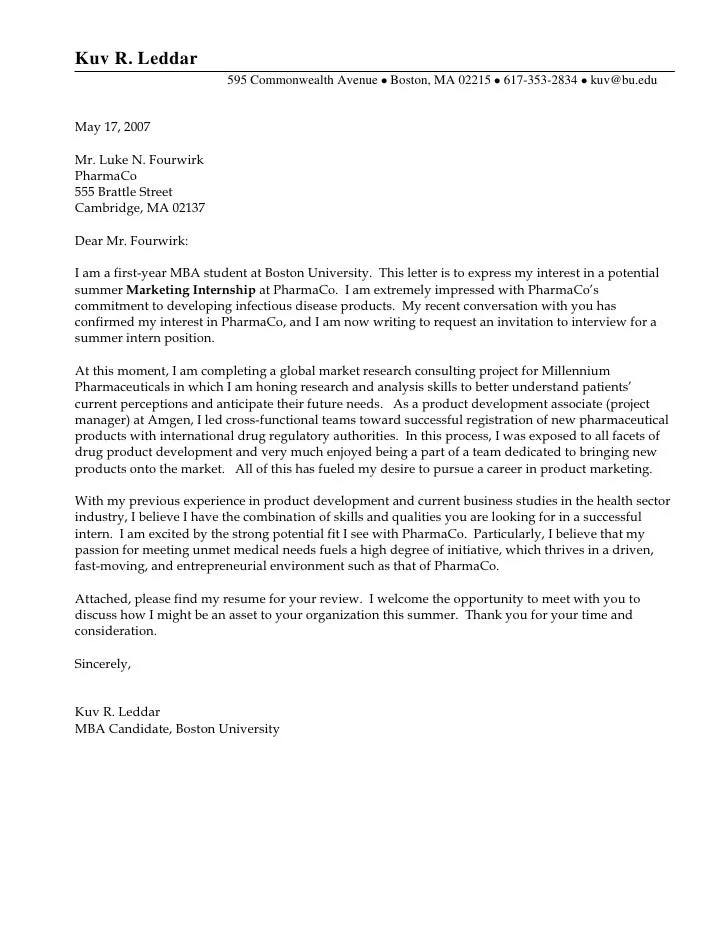
A well-structured cover letter is easy to read and allows the hiring manager to quickly grasp your key qualifications. The standard structure includes a header, greeting, opening paragraph, body paragraphs (typically two or three), closing paragraph, formal closing, and contact information. Each section plays a vital role in presenting your candidacy effectively. The flow should be logical and compelling, guiding the reader through your skills, experiences, and why you’re a perfect match for the role. Proper formatting, including clear spacing and a professional font, enhances readability and reinforces your attention to detail. By adhering to this structure, you can create a cover letter that is both informative and persuasive, increasing your chances of getting an interview.
Header Section
The header of your cover letter is the first element a hiring manager will see, so it’s important to get it right. It should include your name, address, phone number, and email address. Ideally, the header should match the design of your resume to maintain a consistent professional appearance. You can also include the date and the name and address of the hiring manager or the company (if known). Ensure the contact information is accurate and up-to-date so the hiring manager can easily reach you. A clean, well-organized header sets a professional tone from the start, demonstrating your attention to detail and organizational skills. This establishes your professionalism and makes it easy for the recruiter to see your contact information.
Greeting the Hiring Manager
The greeting sets the tone for your cover letter. Whenever possible, address the hiring manager by name. Research the company or check LinkedIn to find out who is in charge of hiring. Using a specific name shows you’ve taken the initiative and are genuinely interested in the position. If you can’t find a specific name, using a professional greeting such as “Dear Hiring Manager” or “Dear [Company Name] Hiring Team” is appropriate. Avoid generic greetings like “To Whom It May Concern,” as they can make your cover letter seem impersonal. The greeting should be polite, professional, and relevant to the job you are applying for, making a positive first impression and setting the stage for a strong cover letter. It’s important to show that you’ve put in the time and effort to make sure the hiring manager sees that you are interested.
Body Paragraphs
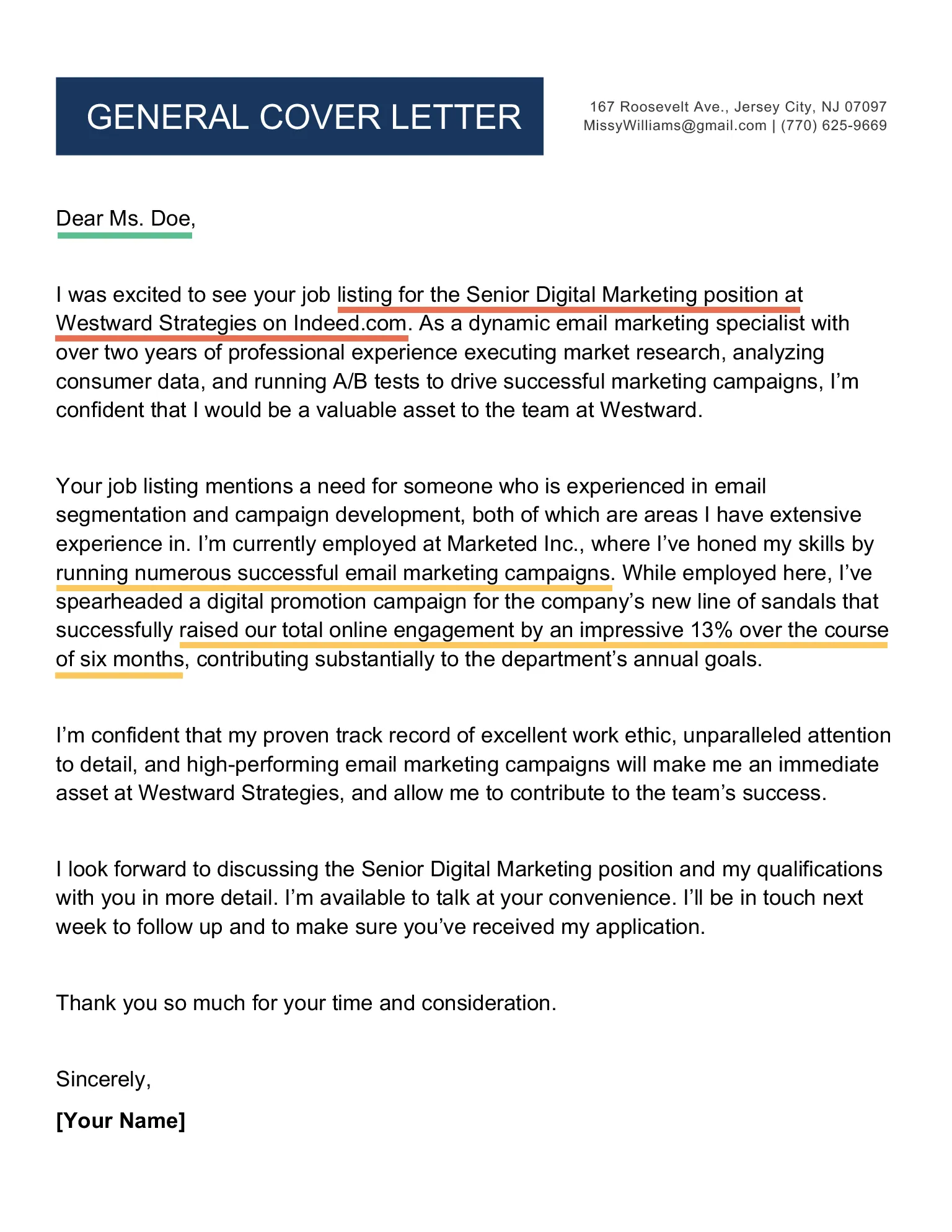
The body paragraphs are the heart of your cover letter, where you explain why you are the best fit for the job. It’s important to keep them concise, focused, and impactful, providing context to your resume. The key is to demonstrate how your skills and experience align with the job requirements. The body of your cover letter should be divided into paragraphs to improve readability, with each paragraph focusing on a specific aspect of your candidacy. The goal is to persuade the hiring manager that you possess the qualifications, enthusiasm, and personality they are looking for. Use clear, concise language and tailor your responses to the specific job description to stand out from the competition. Always match the job description.
First Paragraph [Express Your Interest]
The first paragraph is your opportunity to immediately grab the hiring manager’s attention. Express your interest in the specific role and company. State clearly how you found out about the position and why you are excited about it. Briefly mention your most relevant qualifications or achievements, creating a hook to entice the reader to continue. Show genuine enthusiasm and demonstrate that you’ve done your research about the company. The opening should be direct, concise, and tailored to the job description. This paragraph sets the stage for a compelling cover letter and encourages the hiring manager to keep reading. The most important thing is to show that you’re genuinely interested in the position.
Second Paragraph [Showcase Your Skills]
In the second paragraph, highlight your most relevant skills and experiences. Use this section to connect your qualifications to the job requirements. Identify the key skills and experiences mentioned in the job description and explain how you have demonstrated them in previous roles. Provide specific examples and quantifiable achievements to showcase your value. Avoid simply restating your resume; instead, elaborate on your accomplishments and demonstrate how you can contribute to the company’s success. Tailor this paragraph to the specific needs of the job, showcasing your expertise and aligning your skills with the company’s goals. This section is where you match your skills to the skills the company needs for the job.
Third Paragraph [Highlight Your Achievements]
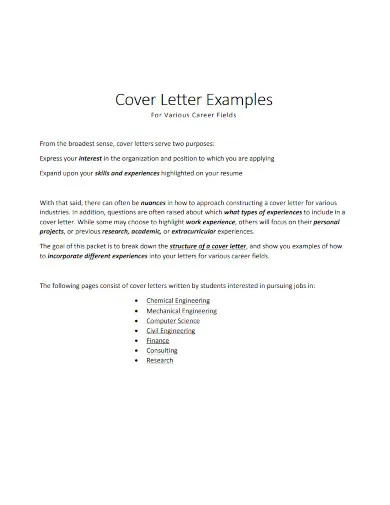
The third paragraph is your chance to showcase your accomplishments and highlight how you have made a positive impact in previous roles. Quantify your achievements whenever possible by using numbers or data to demonstrate the impact of your work. Focus on results, such as how you increased sales, improved efficiency, or reduced costs. Explain the actions you took, the results you achieved, and the impact your accomplishments had on the company. This section should provide concrete examples of your abilities, illustrating your value and showing the hiring manager what you can bring to the role. Focus on achievements most relevant to the job requirements, showing how you can replicate or exceed past successes. Demonstrate the positive things you’ve done in past roles.
Closing Paragraph [Call to Action]
The closing paragraph is your opportunity to wrap up your cover letter and encourage the hiring manager to take the next step. Reiterate your interest in the position and summarize why you’re a strong candidate. Include a call to action, such as inviting the hiring manager to contact you for an interview. Express your gratitude for their time and consideration, and reiterate your enthusiasm for the opportunity. The closing should be confident, professional, and leave a lasting positive impression, motivating the hiring manager to take action. This demonstrates initiative and a proactive approach, making a memorable end to your cover letter. Make sure the call to action is clear and concise.
Formal Closing
The formal closing is the final touch in your cover letter, leaving a lasting impression of professionalism. Common examples include “Sincerely,” “Best regards,” or “Thank you.” The closing should be followed by your typed name. Ensure the closing aligns with the overall tone of your cover letter, demonstrating your attention to detail and professionalism. Avoid casual closings or abbreviations. This final element reinforces your formal and professional demeanor and brings your cover letter to a polished conclusion, preparing the hiring manager for your contact details. Keeping it professional is key to making a good last impression.
Contact Information
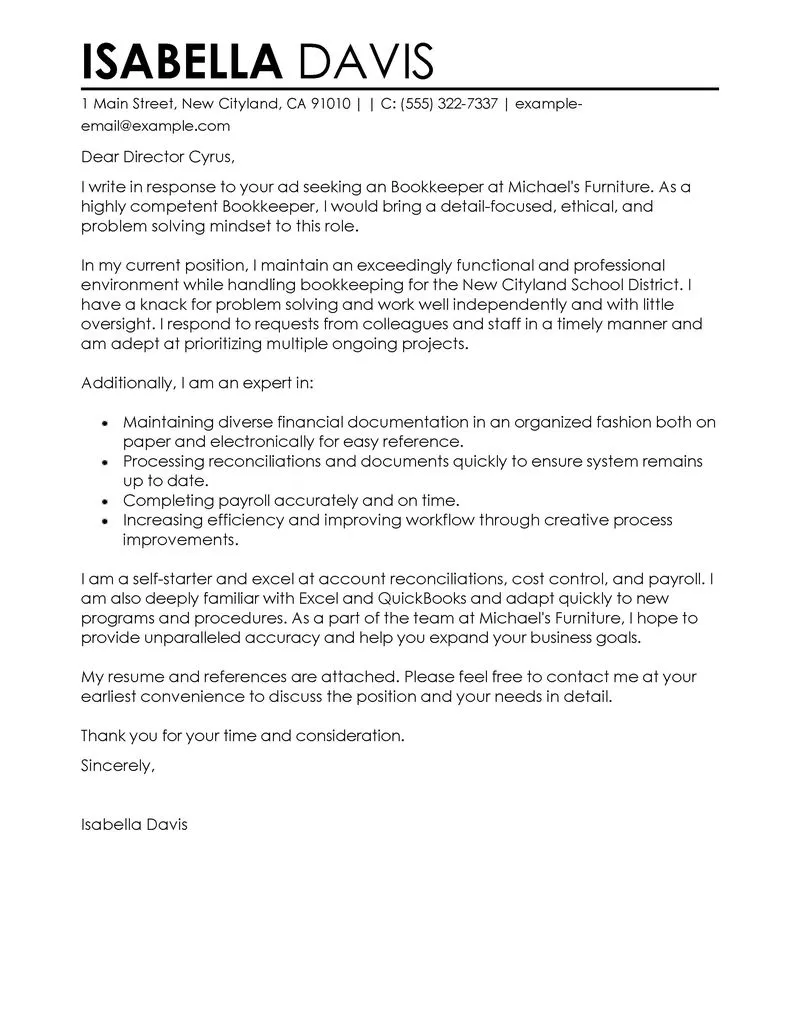
Ensure that your contact information is readily available and easily accessible to the hiring manager. This usually includes your phone number, email address, and, optionally, your LinkedIn profile URL. Make sure the information is accurate and professional. Double-check your email address for any typos and consider using a professional-sounding email. Place this information at the top of the document or at the bottom, after your formal closing. Ensure you are reachable and responsive. It is important to make it easy for the hiring manager to contact you for an interview. Always double check your contact information.
Formatting a Cover Letter
Proper formatting is crucial for presenting your cover letter in a professional and readable manner. A well-formatted cover letter enhances readability and demonstrates your attention to detail. Choose a clean, professional font, use appropriate margins and spacing, and proofread carefully for any errors. The overall goal is to create a document that is easy on the eye and allows the hiring manager to quickly grasp your key qualifications. A well-formatted cover letter shows your attention to detail and contributes to a positive first impression. Proper formatting ensures your cover letter reflects well on you. Use the correct font and spacing so that the hiring manager can read your letter with ease.
Font Style and Size
Selecting the right font and size is a fundamental aspect of formatting a cover letter. Choose a professional, easy-to-read font such as Times New Roman, Arial, or Calibri. The font size should be between 10 and 12 points. These settings ensure your cover letter is easy on the eyes and simple to read, creating a clean and polished look. Consistency is also crucial; maintain the same font and size throughout the document. The font style and size contribute to the overall professionalism of your cover letter and show your attention to detail. Consistency across the document is a sign of professionalism.
Margins and Spacing

Proper margins and spacing are critical for creating a visually appealing and easy-to-read cover letter. Use standard one-inch margins on all sides of the document. Use single spacing within paragraphs and double spacing between paragraphs. This ensures that the text is not too crowded and that the different sections are clearly defined. Consistent and clear spacing makes your cover letter easier to read and demonstrates your organizational skills. Proper margins and spacing contribute to the overall professionalism of the cover letter, enhancing its readability and appeal. Using good spacing makes your cover letter easier to read and makes the recruiter’s job easier.
Proofreading and Editing
Proofreading and editing are essential steps in ensuring your cover letter is error-free and professional. Carefully proofread your cover letter for any typos, grammatical errors, and punctuation mistakes. Check the document for clarity, coherence, and accuracy. It’s helpful to have a second set of eyes review your cover letter to catch any errors you may have missed. Mistakes can undermine your credibility, so it’s important to take the time to carefully review and edit your work. A polished, error-free cover letter demonstrates your attention to detail and enhances your chances of making a positive impression. Proofread, proofread, proofread! Get a second set of eyes to make sure you don’t miss anything.
Key Elements of a Strong Cover Letter
A strong cover letter includes several key elements that work together to present you as a qualified candidate. It should be tailored to the specific job and company, highlighting relevant skills and experiences. Be sure to start with a compelling introduction that grabs the hiring manager’s attention and clearly states your interest. The body paragraphs should provide specific examples of your achievements and how you can contribute to the company’s goals. The closing paragraph should reiterate your interest and include a call to action. Remember, a well-written cover letter is concise, easy to read, and demonstrates your enthusiasm for the role. This is what the recruiter is looking for.
Tailoring Your Cover Letter
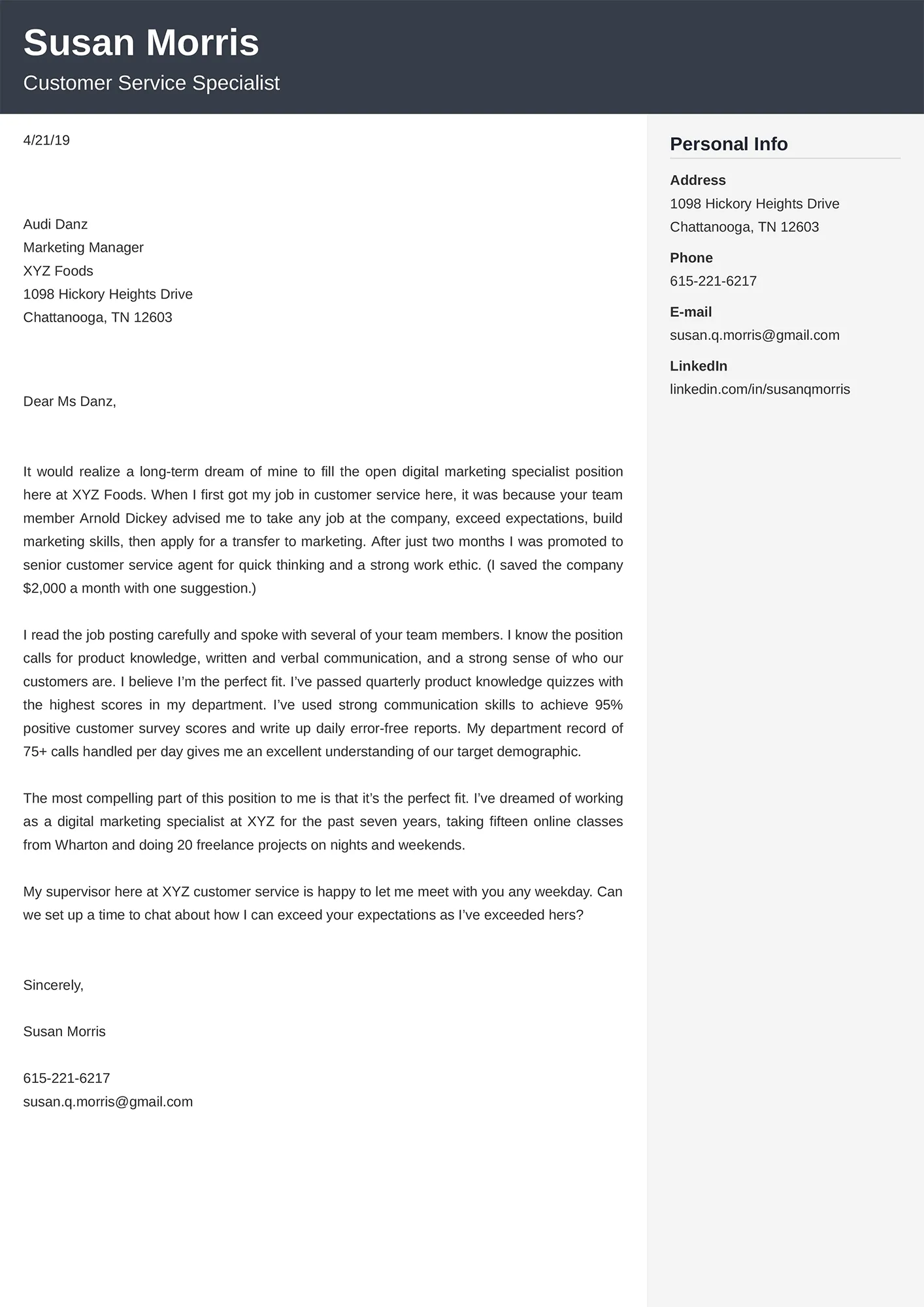
Customizing your cover letter for each job is critical to making a strong impression. Review the job description carefully and identify the key skills, experiences, and qualifications the employer is seeking. Highlight how your qualifications align with these requirements, providing specific examples and quantifiable achievements. Show that you understand the company’s mission, values, and goals. Tailor your language, tone, and content to match the company culture and job requirements. A customized cover letter shows you have taken the time to research the opportunity and are genuinely interested in the specific role, increasing your chances of getting noticed by the hiring manager. Make sure you tailor your letter to the role so you’re more likely to get an interview.
Showcase Your Skills
Demonstrate your skills by focusing on the qualifications most relevant to the job description. Provide concrete examples of how you have used those skills in the past. Avoid simply listing skills; instead, illustrate your abilities by describing specific situations and the results you achieved. For example, if the job requires project management skills, describe a project you successfully managed, the challenges you overcame, and the outcomes of your efforts. Use action verbs to create a vivid picture of your skills and their application. A strong cover letter showcases your abilities and demonstrates the value you can bring to the company. Make sure to use your action verbs in the right place.
Quantify Your Achievements
Quantifying your achievements makes your cover letter more persuasive and demonstrates your impact. Use numbers and data to show the results of your work, such as increased sales, improved efficiency, or reduced costs. Provide specific metrics and percentages to support your claims. Instead of saying you ‘improved customer satisfaction’, specify that you ‘increased customer satisfaction scores by 15%’. Quantifying your achievements provides concrete evidence of your abilities, making your cover letter more compelling and demonstrating your value to the hiring manager. Data-driven achievements make your cover letter stand out and help you get noticed. The more detail, the better.
Highlight Relevant Experience
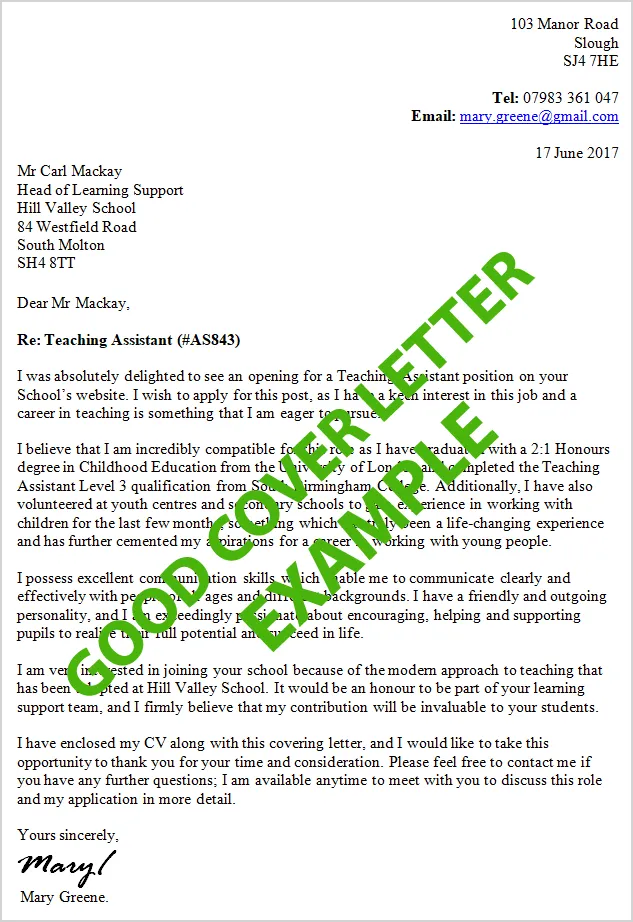
Focus on the experience most relevant to the job. Tailor your examples to match the job description and show how your past roles have prepared you for success in the position. If you have limited experience, highlight transferable skills and achievements from other areas of your life. Emphasize any experiences that demonstrate your understanding of the industry or company. The goal is to show how your experience aligns with the role and how you can contribute to the company’s success. Highlight your experience to demonstrate your knowledge, skills, and ability to excel in the position, and your chances of getting noticed will be far greater. Make sure you can convince the recruiter that you can do the job.
Example Cover Letter Scenarios
Different job scenarios require different approaches to your cover letter. Adjust your cover letter according to the job level and type of position. Your approach to writing the cover letter changes based on your professional history. Tailoring your cover letter to specific situations such as entry-level, mid-career, or career change shows your adaptability and understanding of the job market. Be sure to adjust the language, tone, and content of your cover letter to fit the specific role and company. This will greatly increase your chances of making a good first impression. The more you tailor your cover letter to the job description, the more effective your letter will be.
Entry-Level Cover Letter
For entry-level positions, your cover letter should focus on highlighting your education, internships, volunteer work, and any relevant coursework or projects. If you have limited professional experience, emphasize your transferable skills such as communication, teamwork, and problem-solving abilities. Show enthusiasm for the role and the company, and be sure to highlight any accomplishments you have made in your academic or extracurricular activities. Demonstrate your eagerness to learn and your potential to contribute to the company’s goals. Highlight your achievements and what makes you the ideal candidate to make a good first impression on the hiring manager. It’s all about showing the recruiter that you have the right skills for the job.
Mid-Career Cover Letter
In a mid-career cover letter, showcase your accomplishments and demonstrate your leadership skills. Highlight your track record of success and provide specific examples of how you have added value to previous employers. Emphasize any relevant experience and transferable skills. Focus on your ability to solve problems, drive results, and mentor others. Tailor your letter to show you’re capable of handling the demands of a more senior role. Quantify your achievements and show the value you bring to the table. Demonstrate your professional growth by providing specific achievements related to previous roles, increasing your appeal to the hiring manager. The recruiter will want to know that you have what it takes to handle the job.
Career Change Cover Letter
When changing careers, your cover letter is even more crucial, showing the hiring manager your transferable skills and explaining the reasoning for your career change. Emphasize any relevant skills, experiences, or accomplishments from your previous roles that align with the new job requirements. Focus on how your skills and experiences can be applied to the new role. Explain your motivation for the career change, and show your genuine interest in the position. Highlight any additional training or certifications you’ve obtained to demonstrate your commitment to the new field. Show that you are well-prepared and excited about the opportunity. This will convince the hiring manager that you’re a valuable asset despite your career change. Make sure your letter is well-structured and easy to read.
Common Cover Letter Mistakes
Avoiding common cover letter mistakes is essential to making a positive first impression. These mistakes can undermine your chances of getting an interview and should be carefully avoided. Be careful and follow the guidelines of the job description, and don’t repeat the same mistake again. Being aware of the common pitfalls is key to crafting a cover letter that effectively showcases your skills and qualifications, making you stand out from the competition. Make sure to check your letter for mistakes.
Overusing “I” Statements
While it’s important to use the first person to express your interest and qualifications, avoid overusing “I” statements. Excessive use of “I” can make your cover letter sound self-centered. Instead, focus on your achievements and the value you can bring to the company. Balance “I” statements with descriptions of how your skills and experiences align with the job requirements and benefit the employer. Use the company’s values and expectations as the central point of focus in your cover letter. Instead of constantly saying “I did this,” say how your actions benefited the team, the company, or a specific goal. A good rule of thumb is to create a balance where the needs of the organization take center stage. Make sure your cover letter is not too self-centered.
Generic Content
Avoid sending a generic cover letter to multiple employers. Tailor each letter to the specific job and company by addressing the job description and demonstrating a genuine interest in the position. Generic content suggests a lack of effort and can lead to your application being overlooked. Research the company and customize your cover letter to show you understand their mission, values, and goals. When the hiring manager sees that you have taken the time to learn about the company and their specific needs, it greatly improves your chances of receiving a callback for an interview. Always tailor your cover letter to the job.
Typos and Grammatical Errors
Typos and grammatical errors can damage your credibility and make you look unprofessional. Proofread your cover letter carefully to catch any mistakes, and consider using a grammar checker. Always double-check your work, and ask someone else to review your cover letter for any errors you might have missed. A clean, error-free cover letter shows that you pay attention to detail and take your application seriously, which is key to making a good impression on the hiring manager. Proofread, proofread, proofread! Get a second set of eyes to make sure you don’t miss anything.
The Power of a Strong Cover Letter
A well-crafted cover letter can be your key to landing your dream job. It allows you to make a strong first impression and present yourself as the ideal candidate. By following the guidelines and avoiding common mistakes, you can create a cover letter that showcases your skills, experience, and enthusiasm for the role. Remember to tailor your letter to each job, highlight your achievements, and focus on the value you can bring to the company. A strong cover letter can be a powerful tool in your job search, helping you stand out from the competition. Use the guidelines as you write, and improve your chances of being interviewed. Make sure you demonstrate your enthusiasm for the role.
